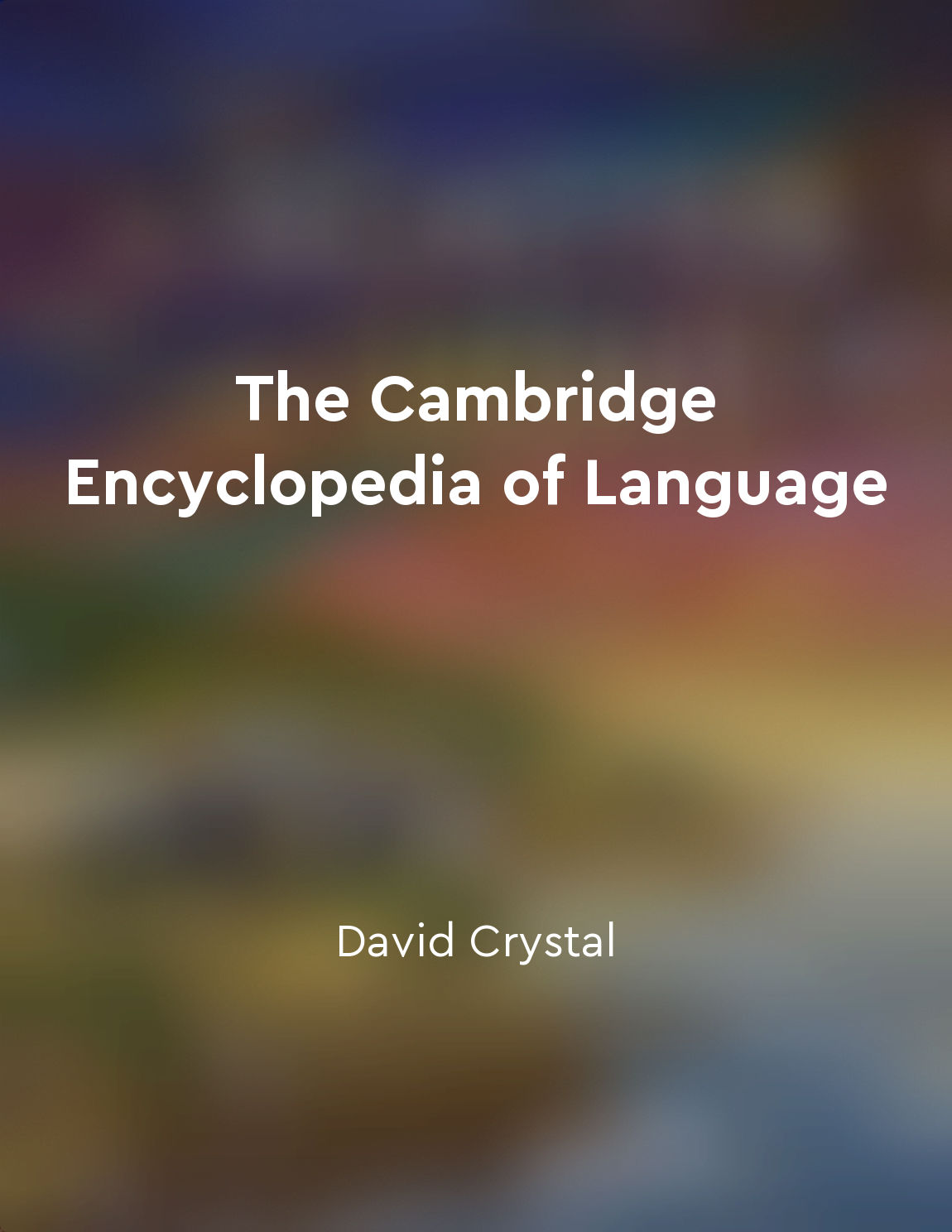Indian languages and dialects showcase linguistic diversity from "summary" of India: The Ancient Past by Burjor Avari
The linguistic landscape of India is as diverse and intricate as the country's cultural tapestry. With over 1,600 languages and dialects spoken across its vast expanse, India stands out as a prime example of linguistic diversity. These languages and dialects not only reflect the rich heritage and history of the subcontinent but also highlight the deep-rooted connections between different regions and communities. From the Dravidian languages of the south to the Indo-European languages of the north, each linguistic group in India has its own unique characteristics and features. The presence of multiple language families such as Sanskrit, Tamil, Telugu, Bengali, Punjabi, and many others, further underscores the complex nature of India's linguistic landscape. Moreover, the coexistence of major languages like Hindi, English, and Urdu alongside numerous regional languages adds another layer of diversity to the linguistic mosaic of India. The diversity of Indian languages and dialects is not limited to just their number or classification. It extends to the various scripts, phonetic systems, and grammatical structures that give each language its distinct identity. For instance, while Devanagari script is predominantly used for writing Hindi and Sanskrit, Tamil script is specific to the Tamil language. Similarly, the phonetic differences between languages like Marathi and Gujarati or the grammatical variations between Kannada and Malayalam further highlight the intricate nature of India's linguistic diversity. Despite the vast linguistic diversity in India, there exists a remarkable degree of mutual intelligibility among many languages and dialects. This interconnectivity is a testament to the long-standing interactions and exchanges between different linguistic communities in the subcontinent. The shared vocabulary, syntax, and phonetics across various Indian languages not only facilitate communication but also serve as a reminder of the overarching unity that underlies India's linguistic diversity.- Indian languages and dialects embody a rich tapestry of linguistic traditions, histories, and identities. They serve as a living testament to the cultural vibrancy and dynamism of the Indian subcontinent, showcasing the deep-rooted connections and interactions that have shaped the linguistic landscape of the region. Through their diversity and complexity, Indian languages and dialects stand as a testament to the enduring legacy of India's ancient past.
Similar Posts

Language is a powerful tool for expressing identity and fostering community
Language plays a crucial role in shaping both individual and collective identities. It serves as a powerful tool for expressing...
Use Telugu phrases for daily communication needs
To effectively communicate in Telugu for daily needs, it is important to learn and use common phrases and sentences in various ...

The study of language can help us better understand the human mind and how it processes information
The study of language offers valuable insights into the workings of the human mind and its capacity to process information. By ...

